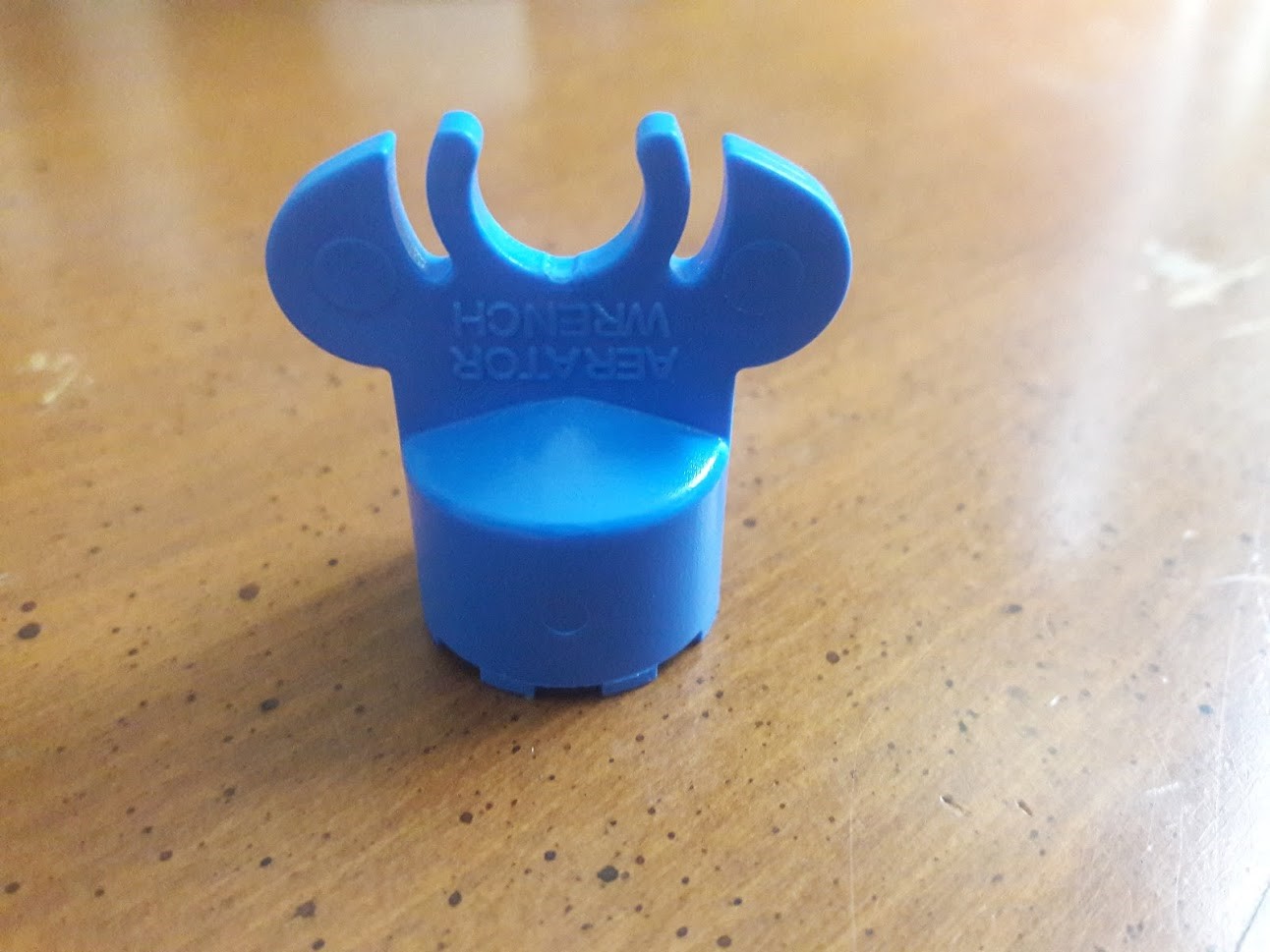
What’s Holding You Back?
Amy Wartham
Director of Corporate and Custom Training, UNC Charlotte Continuing Education

I had enough. I just couldn’t take it any longer. My desk (aka my dining room table) was so cluttered that it began resembling my son’s bedroom when he was in high school. (Yes, it was THAT bad.) I took a deep breath and just started organizing. Holy Moley! Where did all this crap come from? Why do I have an aerator wrench on my desk? Wait, what the heck IS an aerator wrench? I took time and reviewed each piece of paper and decided what to do with it. Whew, the end result was amazing!
For me, I’m all about continuous improvement and even at 50+, I feel like I’m definitely a work in progress. Rearranging and getting my desk organized, prioritizing my tasks and creating a plan of action was an improvement. It was a step forward.
But have you ever looked at a task that you were doing and thought, there’s got to be a better way to do this?

Sir David Brailsford thought the same thing. He’s a British cycling coach and currently the General Manager of Team Ineos.
When he was the Performance Director of British Cycling, he was best known for his theory of marginal gains.
The whole principle came from the idea that if you broke down each little step that’s involved with riding a bike, analyzed it and then improved it by 1%, you’d get a significant increase when you put them all back together.
"If you can get people to focus on the process and not the outcome… then the outcome will look after itself."
Each of Brailsford’s cycling teams’ starts by defining what winning looks like. They then work backwards and create a plan to get them there. Everybody in the team, not just the cyclists, have a clear role and tasks to accomplish.

How often do you do this? If I’m really being honest with myself – not nearly enough! I’m more of a jump in and “Get ‘er done!" kind of gal. In the movie, Night of the Museum, you can see General Custer standing on a side car being driven by Ben Stiller as he exclaims, “We don’t plan. We do! We’re Americans."
But it’s more than just planning, it’s about looking at how the process works and how everything that goes into that process impacts the outcome.
So, consider the following: Who established the process? How long has it been in place? Why does this process have to go in this order? How many people (hands) are involved in this process? Why are they involved in the process? What value do they add to the process? How long does the process take? What steps could be changed or even eliminated? What resources are needed to complete the process?
When Brailsford took over as the Performance Director at British Cycling, he and his coaches began by making small adjustments that you might expect from a professional cycling team. They redesigned the bike seats to make them more comfortable, tested various fabrics in a wind tunnel and had their outdoor riders switch to indoor racing suits, which proved to be lighter and more aerodynamic.
Then, they took it step further. They looked beyond the obvious and tested different types of massage gels to see which one led to the fastest muscle recovery and even painted the inside of the team truck white, which helped them spot little bits of dust. Who knew that a speck of dust could impact the performance of their finely tuned bikes that much?

Changing things can be scary and fear can be a powerful emotion. What if I change this process and it doesn’t work or even makes things worse?
So, I want to go back to what I wrote earlier, it’s about looking at how the process works and how everything that goes into that process impacts the outcome.
It IS about looking at the process and understanding what’s in it for you if you do change it. Will it improve your life? Will it save you time so that you can spend that time doing something else you really want to do? Will it help you gain more sales? Will it increase your profit? Will it reduce the number of damaged goods produced?
What will it change and how will that benefit you?
We’ve all heard the adage, “Work smarter, not harder" and with the increased pressure that many of us are under during this pandemic, this saying rings truer than ever. We can always get stuff done, but at what cost?
I challenge you to spend a little time looking at your daily processes and trying to find ways to improve them. In the end, that 1% marginal gain can add up to big wins. Just by rearranging my desk so that the items I use most often are more readily available has saved me time. It may not seem like a lot, but it’s a start.
What’s holding you back? Where do you begin?
If you get a chance, check out Sir David Brailsford’s video on CORE Principle and Marginal Gains:
Contact Amy at awartham@uncc.edu to discuss UNC Charlotte Continuing Education's corporate training solutions or to talk about aerator wrenches.
